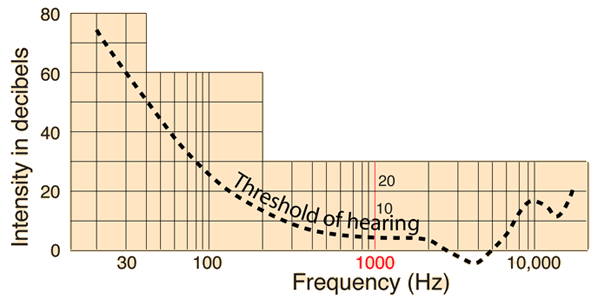Quote:
Originally posted by JaZZ
Sovkiller...
...so you think musical instruments should also be equalized according to the Fletscher-Munson curves? Not really! What you're proposing is the infamous «loudness contour» present in some amps and receivers. In fact flat is beautiful – music listened through headphones should (roughly spoken) have the same sonic balance as in reality, just filtered by the acoustical function of the outer ear/headphone system.
|
No, sorry I mean completelly the opposite, the manufacturers of headphones sometimes tend to reproduce that shape, to match the way we hear in open air, I never saw any curve completelly flat of any headphone, evne Etys roll the high freq on purpose, to simulate that effect, IIRC this curves were made on open air, so that shape does not correspond to what happen in a headphone listening in a much smaller chamber, with no furniture or reflexions of walls, etc....
Well I don't think tha loudness is exactly that, but even when sometimes you can live with that (flatness), I agree that sometimes you need some kind of EQ, I'm not alone on that, look
here
I much preffer this kind of flatness better (a right relation between what goes in and out) as stated above...
".......I think the desire to have a flat response is so that the playback transducer best correlates to the record transducer. I guess ideally you ought to listen the music at the volume it was recorded at. Although, as we all know, a lot happens between the microphone and your ears. Maybe we need some type of giant feedback loop that correlates the specific playback acoustics to the specific record acoustics...."
BTW actually the music do have EQ during the production, the recording studios all of them have nice eq there, the eq is not a taboo....sometimes we need that to balance what was done wrong...









